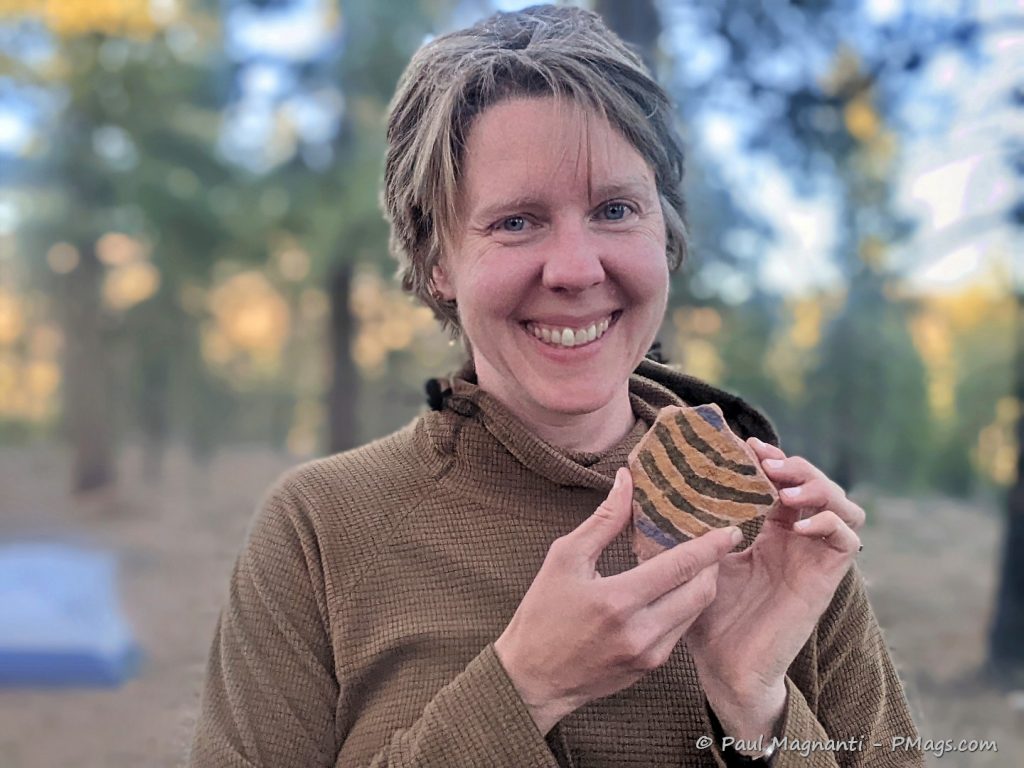This past weekend Joan and I did some volunteer training at the well-known Edge of the Cedars State Park and Museum in Blanding, UT.
The site contains a Chaco-influenced Great House, some of the most exquisite artifacts accessible to the public in the Southwest, and makes an excellent stop if you wish to take a deeper dive into the area.
The museum makes an excellent place to gather people to discuss archeology and topics about the volunteer role we perform.
Though the museum’s focus is on pre-Columbian history, we did see a fascinating talk about the Civilian Conservation Corps (CCC) camps in the area that constructed or maintained much of the infrastructure we use to access parts of the region today.
The talk resonated with me as my late grandfather gave an off-hand comment just before I moved to Colorado. A word about how he served in the CCC, sent money back home to his mother every month, did it at the age when the CCC started (1937), and commented about Greeley, CO. All in line with the talk at the museum.
Alas, he suffered from the early stages of dementia just before I moved to Colorado, and he could not recall any details or even dates. His military division had roots in Colorado, so I thought perhaps he might have meant where some of the division soldiers originated. The presenter stated that many of the CCC camps out West comprised many “East Coast Italian boys.” and further added to the family mystery. Inspired, a little google sleuthing brought up the US CCC Archives page. Hopefully, we’ll see what records I get sent and fill in some blanks in my family history.
Other talks included an excellent overview of the literal thousands of years of history in the area, law enforcement issues, and even a hands-on workshop using local materials to make petroglyphs and pictographs.
Going with the personal history family theme, the volunteer coordinator kindly made some homemade desserts, including some homemade pizzelle. When I mentioned that they reminded me of what my grandmother often served, the volunteer coordinator returned with a container of these treats!
Before that, however, we camped out two nights and did some hiking in a nearby area that’s not as known today but seemed as crucial as the Lowery Pueblo in terms of location, agriculture, and trade. Archaeologists found traces of cacao on the potsherds – a valuable trade good from Mexico.

We hiked the canyons and the outlying areas, which contained many structures and signs of travel paths.


One of the structures contained a boulder with both a metate and hole for grinding and a boulder that had some unique petroglyphs to us.


Among other signs, of course.


Though we did see a ridgetop structure that looks unexcavated or back-filled, of some impressive size and at a strategic place.


The many scattered potsherds seemed to indicate the high use of this place in the past, too.


As always, the scenery added much to our archeological-focused hiking.



And our campsite seemed as memorable and scenic, too.


We enjoy our gift of time and the area where we choose to spend it.


